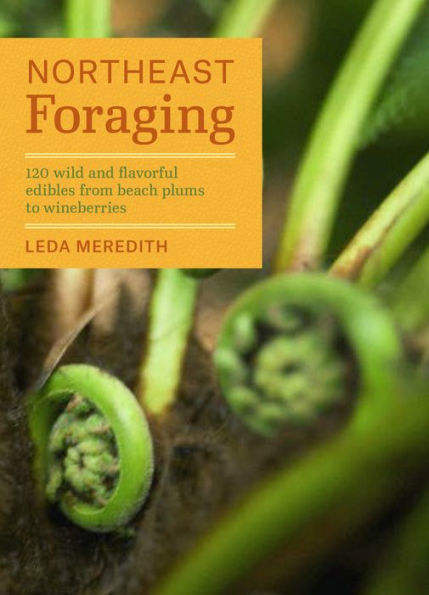Table of Contents
Preface: Confessions of a Lifelong Forager 8
Foraging Well: An Introduction 10
Wild Harvests Season by Season 18
Wild Edible Plants of the Northeast 28
amaranth 29
American hazelnut, filbert 32
American persimmon 34
apple 36
Asiatic dayflower 38
asparagus 40
basswood, linden 42
beach plum 45
beebalm, bergamot 46
birch 48
blackberry 50
black cherry 52
black nightshade 54
black raspberry 56
black walnut 58
blueberry 60
burdock 62
butternut 65
cattail 67
chickweed 70
chicory 73
common mallow 75
Cornelian cherry 78
cow parsnip 80
crabapple 82
cranberry 84
curly dock 86
currant 88
dandelion 90
daylily 93
eastern redbud 96
elderberry 98
epazote 101
evening primrose 103
false Solomon's seal 106
field garlic 108
fragrant sumac 111
garlic mustard 113
ginkgo 116
glasswort, samphire, sea bean 120
goldenrod 121
goutweed, bishop's elder 123
grape 125
greenbrier 127
hawthorn 129
henbit 131
hickory 133
highbush cranberry 135
honewort 137
hopniss, groundnut 139
Japanese knotweed 142
Jerusalem artichoke, sunchoke 145
jewelweed 147
juneberry, serviceberry 149
juniper 151
lady's thumb 153
lamb's quarters 155
lotus 157
maple 161
mayapple 165
melilot, sweet clover 167
milkweed 169
mint 172
mugwort, cronewort 174
mulberry 176
mustard 179
nettle 181
New England aster 183
northern bayberry 185
oak 187
ostrich fern 190
oxeye daisy, marguerite 192
parsnip 194
pawpaw 196
peach 198
pear 200
peppergrass 202
pickerelweed 204
pineappleweed 206
plantain 208
pokeweed 210
purple-flowering raspberry 213
purslane 215
quickweed 217
ramps, wild leek 219
red clover 221
red raspberry 223
rose 225
salsify, oyster plant 228
saltbush, orache 230
sassafras 232
sheep sorrel 234
shepherd's purse 236
shiso, beefsteak plant 238
Siberian elm 240
silverberry, autumn olive, autumnberry 243
Solomon's seal 245
sow thistle 248
spicebush 250
sumac 253
sweet fern 256
thistle 258
trout lily, fawn lily, dog tooth violet 260
violet 262
wapato, arrowhead, katniss 265
watercress 268
white clover 270
wild carrot, Queen Anne's lace 272
wild ginger 275
wild lettuce 277
wild plum 279
wild strawberry 281
wineberry 283
wintercress 285
wintergreen 287
wood sorrel 289
yarrow 291
Metric Conversions 294
Useful Internet Resources for Foragers 294
Useful Books for Foragers 295
Useful Tools for Foragers 295
Acknowledgments 296
Photography Credits 297
Index 298



